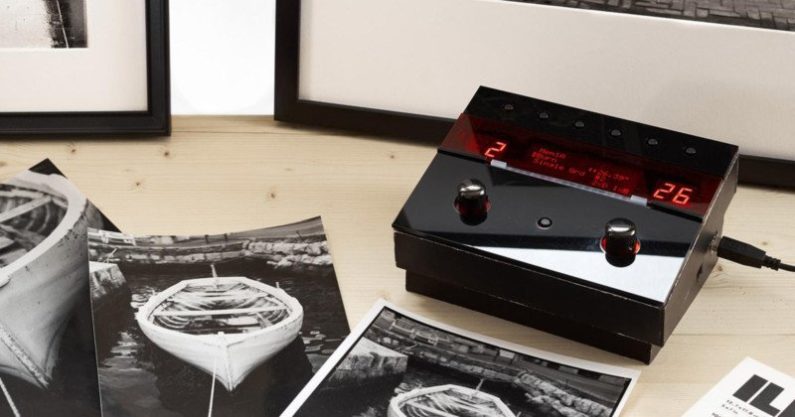
![]()
MAYA is a darkroom timer project that was born out of necessity when my old darkroom timer had started to malfunction. It has become a pretty successful crowdfunding campaign so far, exceeding 300% of its initial goal with a few days left to go.
![]()
Like many people who still have a darkroom, I’ve bought most of the equipment in the used market. As is the case with such niche markets, you can’t always pick your choice from an endless supply of brands, models, and variations so I went for the best deal I could see, a Kaiser 6002 with several boxes loaded with all kinds of darkroom supplies. The seller was one of the nicest people I’ve met and explained in great detail what I was walking out with. In one of those boxes, there was a darkroom timer.
He had fully explained that it wasn’t the best timer in the world. It would only have two functions, turn the enlarger lamp on and off at my will so that I could focus and upon pressing the countdown button, it would turn the enlarger on for a set amount of time, making an exposure. Except that every now and then it would get stuck (usually around the 15-second mark) and give me an unending exposure, resulting in crushed blacks and grayed out highlights, depending on how late I was to react to the needle getting stuck.
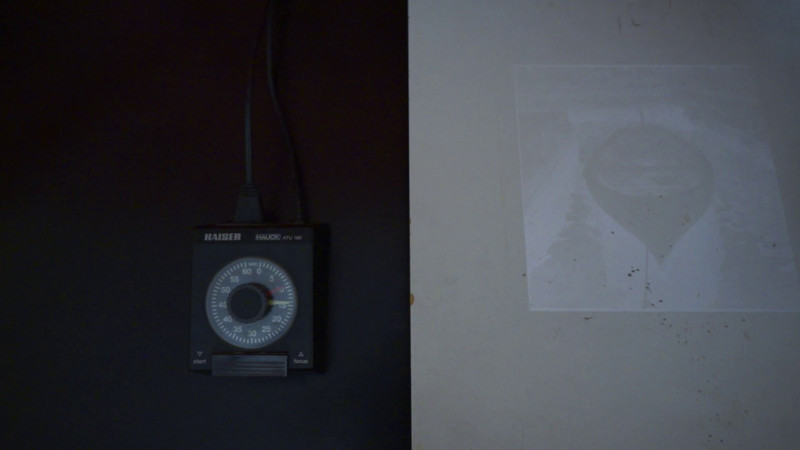
I had looked for replacement timers and I still remember closing down all the tabs in my browser in frustration. Even the simplest timers, similar to what I had, would cost more than I’m willing to pay. As I had gained more darkroom experience, I began to realize I didn’t want a similar replacement anyway. Having such a simple timer became quite limiting as I had begun to work with split grades, multiple exposures, dodging and burning, flashing the paper… Each session I was finding myself more willing to get a much more capable unit, something that would let me set it up as I want and then simply get out of the way as I was making the final print.
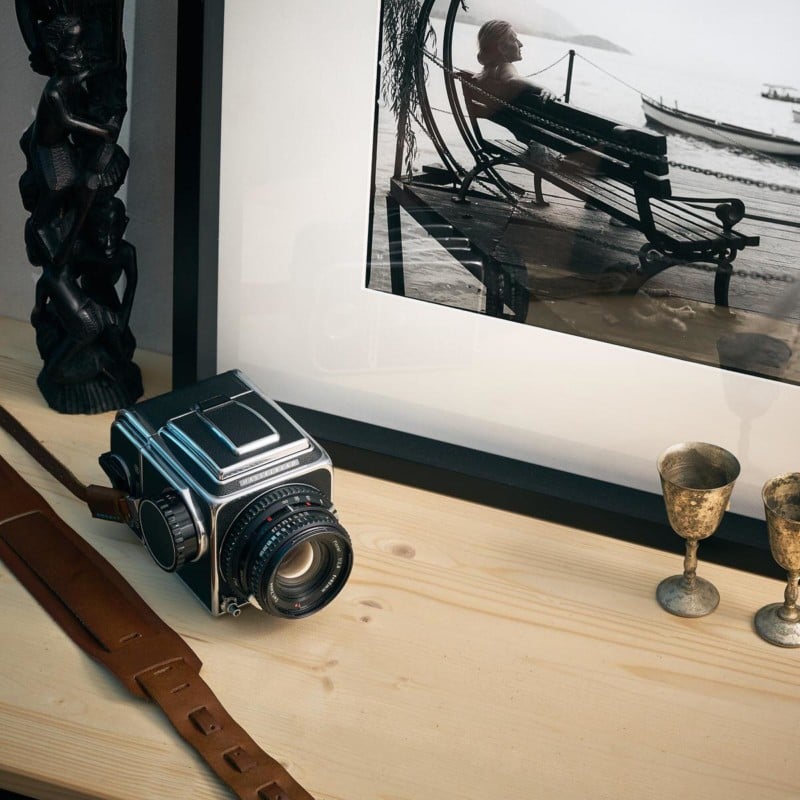
Then on one such day, I was met with my timer’s much-worsened situation. Now it would get stuck much more often and at every single spot on the dial. It was almost impossible to even make a reliable test strip with repeated 5” exposures. So I began revisiting all the manufacturers who still make a darkroom timer, along with the used ones commonly available.
Did not like any of them.
I was looking for something more practical. Even though I shoot film, mostly using equipment that was designed and built decades ago, that doesn’t mean I want to work with a badly designed interface with 4-digit numeric codes and lookup tables requiring multiple button combinations and memorizing what and where everything is. It’s 2018 (it was back then), why can’t we have something with a proper LCD? Why is anything with F-Stops so expensive? Why am I expected to pay 350$/€/£ for some add-on which is basically a 0.20$/€/£ electronic part attached to a cable? Why do I have to buy a different model with different capabilities which clearly runs on the exact same hardware, if all I want is some of those capabilities? Why can’t this be done with a simple firmware update?
I could do better than this.
I knew people were already building simple timers using Arduino microcontrollers. So, why not build something far more advanced? It’s a small computer that is available cheaply and is easily reprogrammable. If it handles 3D printers, CNC machines and all kind of silly robots that you can find all over the Internet, how hard would it be to ask it turn a light off and on?
A few seconds after these thoughts, my industrial designer instincts kicked in. “It’s just software in a box”, a voice said from the back of my head. “Just build another box, upload the software and you have a copy that you can sell. If it turns out as good as you imagine it to be, people will buy it”.
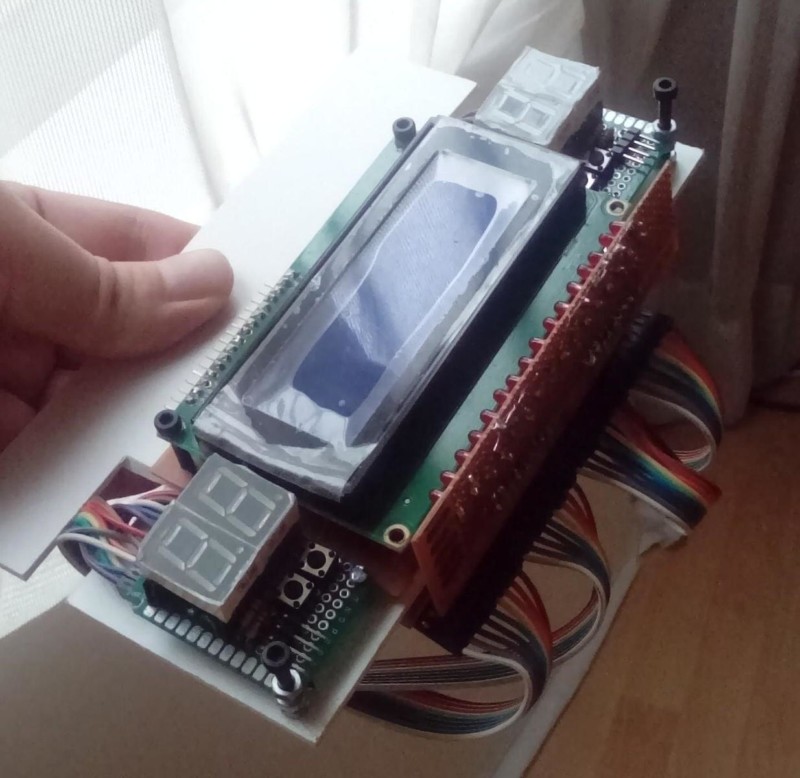
So I went out, bought two Arduino boards, an LCD and assorted lengths of wire and started working with them. Did a whole notebook worth of sketches of both the physical and the graphical user interface. From the start, I wanted to have dials and a few buttons that I could repurpose as I saw fit. It has a screen, after all. I could communicate with the user, telling what each of these dials and buttons does in a given menu or mode. Yet at the same time, I would keep the two most essential buttons serve only one purpose, one to focus and one to expose. No double clicks, no press and hold, no excuses. Press them and they should do their job.
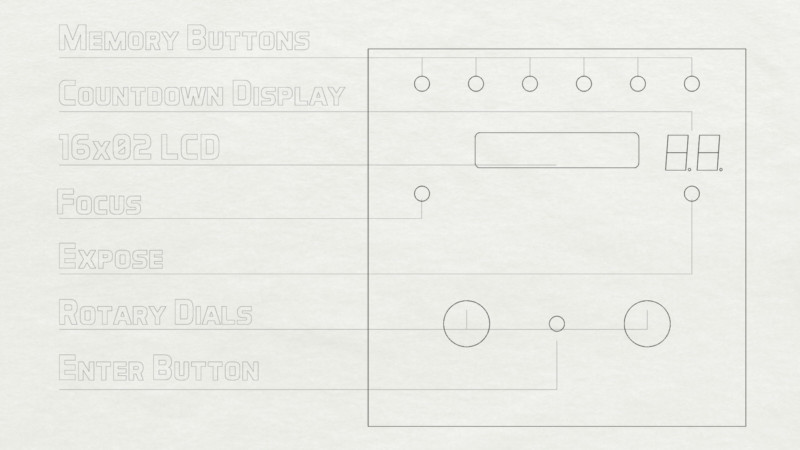
Even though having an LCD is nice and informative, I wanted to have another way of displaying the most crucial information, the countdown time and the contrast filter that I’m supposed to use. For that, I added two large displays to either side of the LCD. Shortly afterward it became natural to look at those displays to figure out what I was supposed to do next when making a print; expose for a certain amount of time, replace the contrast filter, dodge or burn a certain area.
Maybe I should have gotten two egg timers. Nah, I’ll just design and build a small computer:
After deciding on the basic design language, I began to design the graphical user interface, all the menus and screens. There were many variations, seemingly good concepts that were abandoned shortly after using them in the real world and seemingly dead ends that made it back somehow into later versions.
One such concept was replacing the LCD with an E Ink display. Would’ve been easy to read under the red safelight and I liked the idea of displaying a clock face on the e-ink display to act as a progress bar. Had to abandon this idea after realizing even with partial refresh, e-ink displays have a very low refresh rate and a very annoying blink when refreshing the whole screen. Shelved the concept without building a single prototype and maybe I’ll bring it back one day but the progress bar idea made it into the next version of the hardware, as a series of LEDs that visualize my progress along the whole print recipe or the current countdown.
Here’s me making some test strips with F-Stops (don’t have to follow the time display, the progress bar tells me how long it’ll take):
Until about that point, the whole thing was still a pet project that I intended to build as a replacement for my timer. When I shared it on a few Facebook groups (The Darkroom and Medium&Large Format film Photography, both excellent places of exchanging information and photography), it was met with great encouragement, very positive feedback and quite a few new ideas. There were also the occasional “yeah cool but I like having a basic timer,” which is still valid feedback, some people don’t care for what I was after at all. That day I had made up my mind, I would prioritize this project, get it out on the market for everyone who’d like to have one and… then what?
What if I had built an enlarger as well? Or an automated film processor, some people really like that idea as it’s been demonstrated quite a few times in the last years. What else? There is quite a capable microprocessor inside MAYA and if I had planned the hardware ahead, I could’ve come up with all sorts of darkroom related hardware and make them work with it via a simple firmware update. How about an affordable densitometer? A shutter speed tester? A head probe for people who use cold light enlargers, one of the many great ideas that came from that thread on Facebook? Support for Ilford Multigrade heads? I had already separated the Power Bar (where all the darkroom appliances are connected to) from the control unit so most of these enlarger-unrelated add-ons would simply use the same interface for communication and with the right hardware, I could even use MAYA as a sous vide machine.
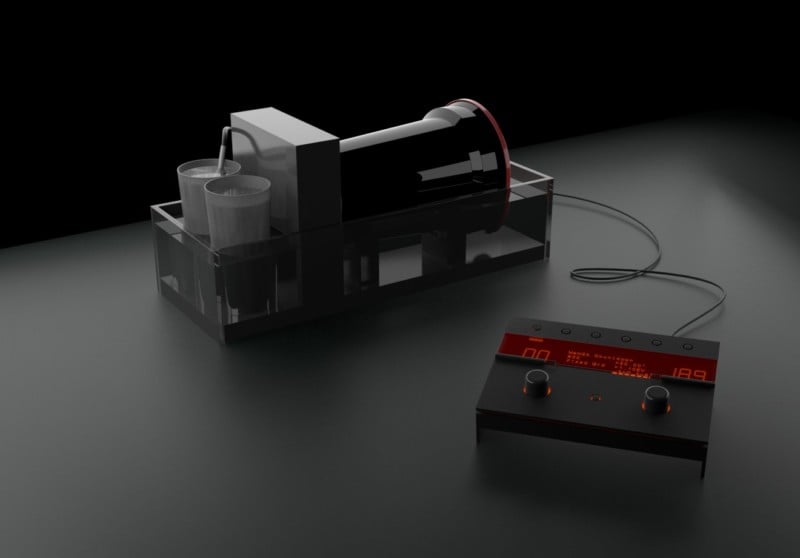
Is it sous vide if you do everything by hand? (It already does have a separate mode for film process timer and an auto-compensating thermometer)
With all my plans set, I could finally launch a crowdfunding campaign. I knew that there’s a great deal of negativity surrounding crowdfunding projects these days, especially in our community thanks to a few projects who have cheated out quite a few people by either overpromising with fancy looking non-working prototypes or cool-sounding concepts that became to no fruition of any kind. With no previous projects of this kind or a bought-and-repurposed brand name that is familiar in the industry, I had to be as transparent as possible. Which meant taking an extra month or two developing the concept into a later stage, shoot a lot of videos, share them around, show MAYA in use for everyone to see and understand.
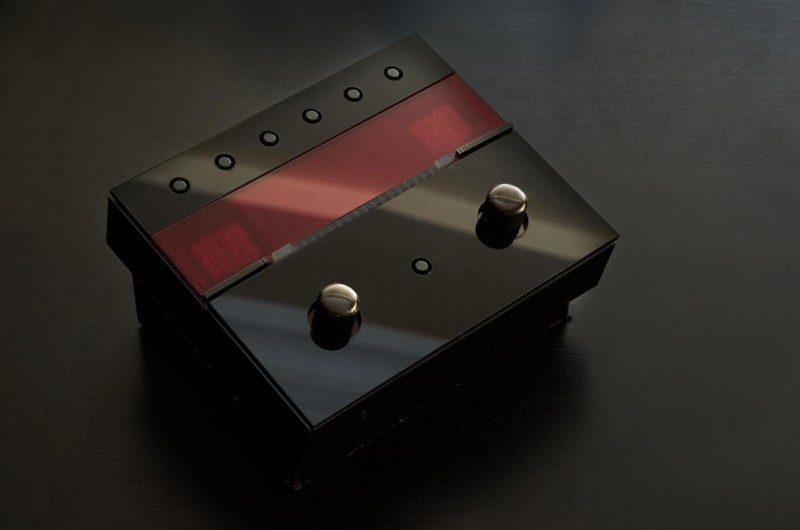
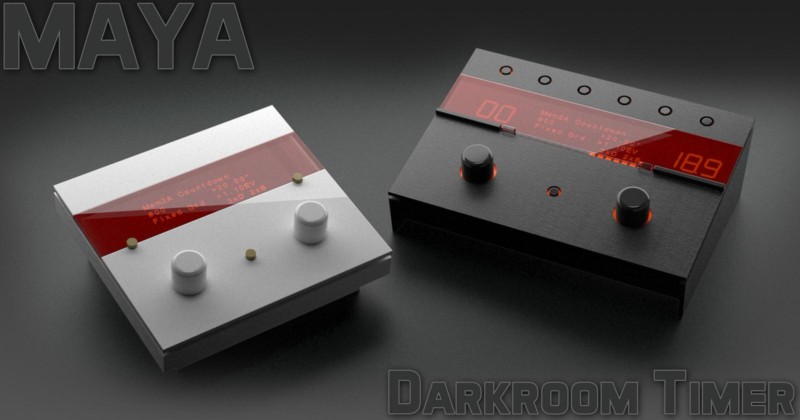
Since I’m in such a late stage of design, there isn’t much to do before finalizing the product. One aspect that I had not finalized is the final choice of materials and production methods. For that, I had to see how many of these I’d expect to build. Even if I had sold only a handful of units, I could still be able to deliver by using traditional production methods. If I had approached triple digits, I could use some more sophisticated materials and techniques to build them. Deep into triple digits would’ve been pretty much mass production with me being much less involved in most of the steps, except for final assembly, quality control, and delivery.
All I had needed in the first place though, was a handful of people to believe in my project.
Met that initial goal in about than 39 hours. Had doubled it in less than a week and with only a few days to go, I’ve passed 300% of my initial goal. This could only happen with the help of some lovely people in the community. The people who spread the word around. What we see the most often is all the negativity in the comment section and forum threads but we don’t hear enough praise for people who share their enthusiasm with others.
So once again, thank you everyone who had ever left a comment on any of my posts anywhere. Thank you to everyone who shared the word around, in the forums, Facebook groups, mail groups and Discord servers they hang in. Couldn’t have done this without some people spending night after night of their own time, giving me new ideas, feedback and encouragement. We, as a photography community in general, are getting fewer in numbers (even though film photography is actually growing) and the best part of this project has been meeting all the lovely strangers over the Internet. Thank you, everyone.
![]()
And here we are. With the crowdfunding about to be completed, hard work awaits me. I have to debug my code, do a few experiments with the future projects to ensure compatibility, finalize the design, order and manufacture the parts and put everything together. With the extra funding raised, I’ve already begun working on a few of those steps and assuming everything goes smoothly, will deliver the first batch in July and the second batch in August.
Then I’ll return with another project. Something that I’ve already been working on…
About the author: Can Çevik is an industrial designer and film photographer based in Istanbul, Turkey. The opinions expressed in this article are solely those of the author. Çevik is the inventor of MAYA, an advanced darkroom timer. You can find more of his work and photos on Instagram.

